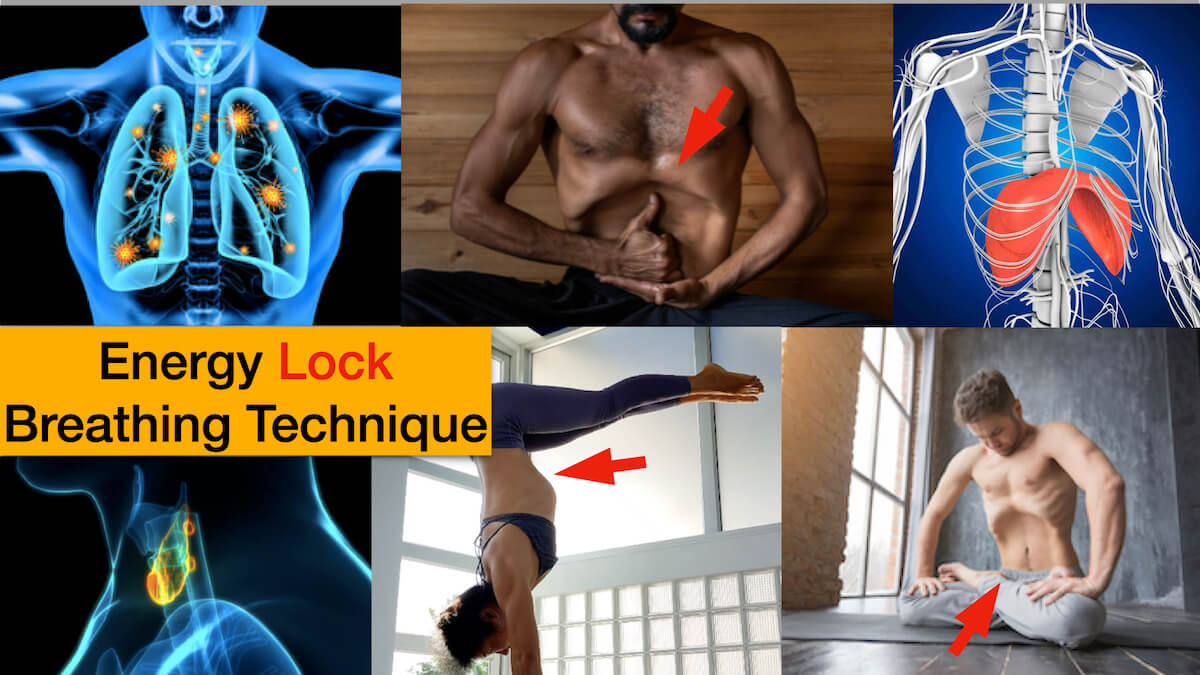A goal of hand balancing is to make the movements look effortless. Control of the breathing is one of the main concepts to understand for this to happen.
- Yuri Marmerstein "Balancing the equation"
The Importance Of Breathing Technique in Handstand

Diaphragm and Rib Cage
You maybe wonder, how breathing technique can influence our handstand skills. Breathing properly gives you multiple advantages, you will have more energy. By using breathing technique we can increase the energy force to maximize our body performance. It is a huge difference whether using it or not. In this article, I am going to go through how you should breathe for maximizing your skill in handstand practice.
Breathing is a dynamic source of energy: The optimal breathing technique improves oxygen capacity in the blood which improves energy level and stamina. Without oxygen the muscle fatigues quickly. Remember to keep breathing and ALWAYS Through The Nose. I tend to need a bit long time to complete a straight handstand shape because I move slowly to hold my balance and keep control, therefore I sometimes need to hold breaths to fully come up to the handstand. I don’t like exhaling while I am pressing to handstand. The engaged muscles are at their best when I hold the tension with energy locking inhalation.
The breathing technique in a handstand needs a few modifications from how we typically breathe. Breathing through the stomach will change your shape and alignment because you cannot engage the core muscle by inflating and deflating like a balloon, therefore in a handstand, you should be breathing through the lungs with a throat lock. The purpose is to maintain your body fully engaged, still, and tight on the handstand.
How to breathe: Breathe Slowly + Deeply & Create a gentle hissing sound
How to inhale: Diaphragm Lock
When you inhale, fill the air into your lungs and expand your chest while inhaling and it will press your diaphragm down. Inhale to your full capacity, keep your rib cage lifted, and expand your diaphragm (chest) to the sides to create a space in the abdominal area. Move your abdomen upward and backward toward your spine. During this movement, you will find that the navel area contracts. However, your navel will not move upward with the rest of your abdomen. Raise your chest area but not the shoulders and move the lower spine forward. If you do this correctly, you will feel that the “notch” in the base of your throat becomes more pronounced. Give the sound an even quality throughout the entire length of the breath, both inhaling and exhaling. Lengthen each breathe and deepen it. Breathe evenly into the rib cage. Suck your belly towards the spine, to squeeze your anal muscles as if you are trying to hold the pee with a coughing tension. To do so you can feel the pelvic floor start to rotate upward. In this state, your core muscle is good to engage. Do not expand your stomach while inhaling. We need core muscle engagement as you inhale for the handstand. When you have got into this lock, you should hold it firmly for between 10 and 60 seconds, depending on the period that works for you.
How to exhale:
After the long deep inhalation just mentioned above, hold your breath in for a couple of seconds and then slowly exhale with a bit of force that you are trying to empty your lungs, keep the rib cage lifted.
The rib cage needs to have a gentle pulsating movement, which means the muscles between the ribs relax, allowing the rib cage to expand freely as we breathe.
Why this breathing method?
The purpose of this breathing method is “energy lock”. The above-mentioned breathing method is called “Ujjayi Pranayama”. Yoga practitioners must develop this specific breathing technique. Ujjayi pranayama is a process of stretching the breath, and in this way extending the life force. There is an energy channel in the body and a main central channel for the flow of the highest form of energy. Using this breathing method in handstand practice is essential to generate the necessary lifting force and keep that force within your body. The art of the Ujjayi pranayama is that the body can lock the root of the spine, the center of the pelvic floor. We can create an energetic seal that locks the life force into the body and prevents it from leaking out at the base of the spine. As the inhalation starts, there will be an automatic reaching upward. Since we keep the breath hooked into the pelvic floor, we create suction and an energetic lift upward through the body's entire core.
Benefit 1
Ujjayi breathing is a tool to connect both the physical strength and awareness of muscle control by increasing blood flow throughout the body with highly oxygenated air. The breath should initiate the movement not the other way around. It is this process of gaining control of the life force that differentiates yogic exercise from gymnastics or calisthenics. They don’t have the energy-preserving effect of yoga. This yogic breathing technique bonds breath, movement, and awareness together.
Benefit 2
The other benefit of this breathing method in handstand practice is that your body tension will remain in a solid position while you in- and exhale. The slower you breathe, the less you need to breathe, meaning the chance your shape and alignment will change is minimum. This breathing method strengthens your abdominal muscles as well.

